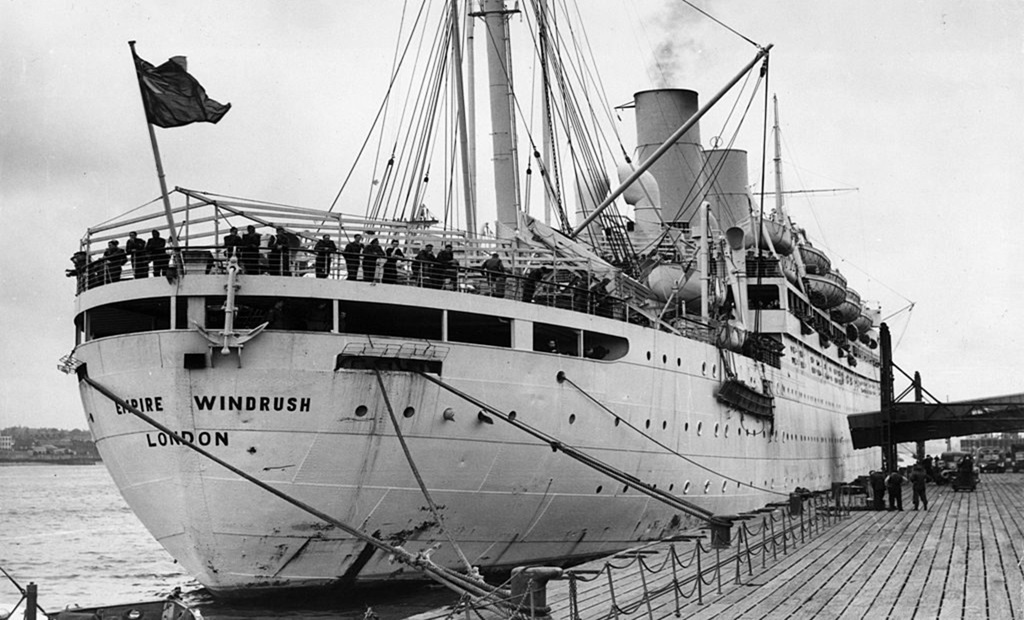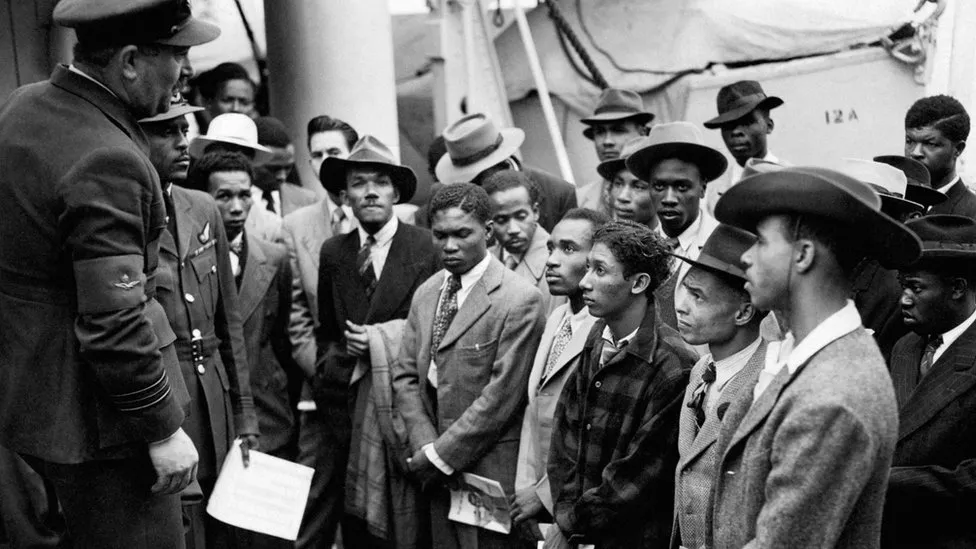The Windrush, a decades old passenger ship, was often referred to as the Mayflower for the post-war black settlers in Britain. It is a complicated story with a complicated end.

Along the River Windrush in the Cotswolds of England you will find an ancient market village that calls itself Bourton-on-the-Water. Within the village, a few more than four-thousand town folk enjoy the beauty of their village and proudly earn their daily bread by hosting tourists at the hotels, restaurants, shops, and museums.
Early documents provide evidence that there has been human activity in the area for at least 3,500 years. It was once a passenger train terminal, a military recruitment site, and a sports entertainment center.
Of special note are the houses and shops in the village. Most are constructed with yellow limestone that is characteristic in the Cotswolds, but most prevalent at Bourton.
***
It is a strange irony that this beautiful village on perhaps the least known of the UK’s rivers is the namesake of a British passenger ship that became the center of a quite notorious event in English history.
The event in question was that of the time when the HMT (His Majesty’s Transport) Empire Windrush, a relic troopship, still afloat after World War II, snuggled into a dock at Tilbury Harbor in Essex. Later this month, some who may be descendants of the 800 passengers aboard the Windrush at that time will celebrate the arrival of their immigrant ancestor in England on June 21, 1948.
The day after the ship arrived in port, the passengers and a few stowaways disembarked after their journey from the Caribbean Island of Jamaica. Most everyone was an emigrant headed to the United Kingdom in search of a job and a better life.
Much of this history has been forgotten and for the most part it is now irrelevant, but the fact remains that between 1948 and 1970, a half-million people who were born in the British Empire, particularly on Commonwealth Islands in the Caribbean, made their way to England and became known as the Windrush Generation.
At the time, the British nations of England, Wales, Scotland and parts of Ireland were slowly working their way out of wartime debt, and they needed workers. A solution straight out of Parliament was the British Nationality Act of 1948. It was a brilliant piece of legislation, but one that was so poorly administered that the entire nation regretted its implementation in many ways.
In essence the Act entitled any holder of a British Commonwealth passport to enter the UK if they intended to work in a rather long list of occupations that were generally centered on construction and jobs that were considered post-war recovery. Plainly they were immigrating to fill the labor shortage. These migrants, many skilled and anxious for work, provided cheap labor and some came with the added advantage of having served in the British military during the war.
One of the first ships aboard which the new workers obtained passage to England was the somewhat disheveled Empire Windrush, a well-worn troopship that had once served with distinction, but by 1948 needed a port in which to be salvaged.

One unique circumstance of the Nationality Act was that the new arrivals did not need, nor were they given, any documents upon arrival. This oversight caused undue problems. Foremost, many didn’t get the friendly welcome they had hoped for.

Many experienced discrimination. Most found it hard to get proper homes and to make friends with the British. Steady employment was the primary reason to immigrate to the UK, but it wasn’t always easy to get jobs that paid more than “starvation” wages. Later, many of their children were bullied at school because of their skin color, and others were, at random, victims of racial attacks and riots.
Then came the 2010s and during the passage of time came new technologies (that included social media) that seem to be designed to torment the most vulnerable, and that very same media has caused the “bad” to get “worse.” Many of the people who arrived in the UK as children with their parents have been told – wrongly, but in very believable words – that they live here illegally.
Here’s the worst of it. In 1971 these people were told they could stay permanently but the government didn’t keep adequate records of them and many of them never applied for any official paperwork such as a UK passport.
Then just twelve years ago, there was a change to immigration law and people were told they needed official documents to prove they could get things like pension payments, hospital treatment, and national voting rights. Which, in turn, led to more than just a few being sent to immigration detention centers to await deportation.
Doesn’t this sound eerily familiar?
It took six years, but in 2018, after a review of 11,800 cases, the members of the Windrush generation who could have been wrongfully removed or detained finally got an apology from the government.
***
Only three postcards have been found that are vaguely related to the Windrush event, however four cards have been found of the ship that was the namesake of a whole generation of British citizens.
Thank you Tim. Very enlightening and very familiar.
The British series The Fosters, which was based on the American sitcom Good Times, featured a family whose older members were of the Windrush generation.